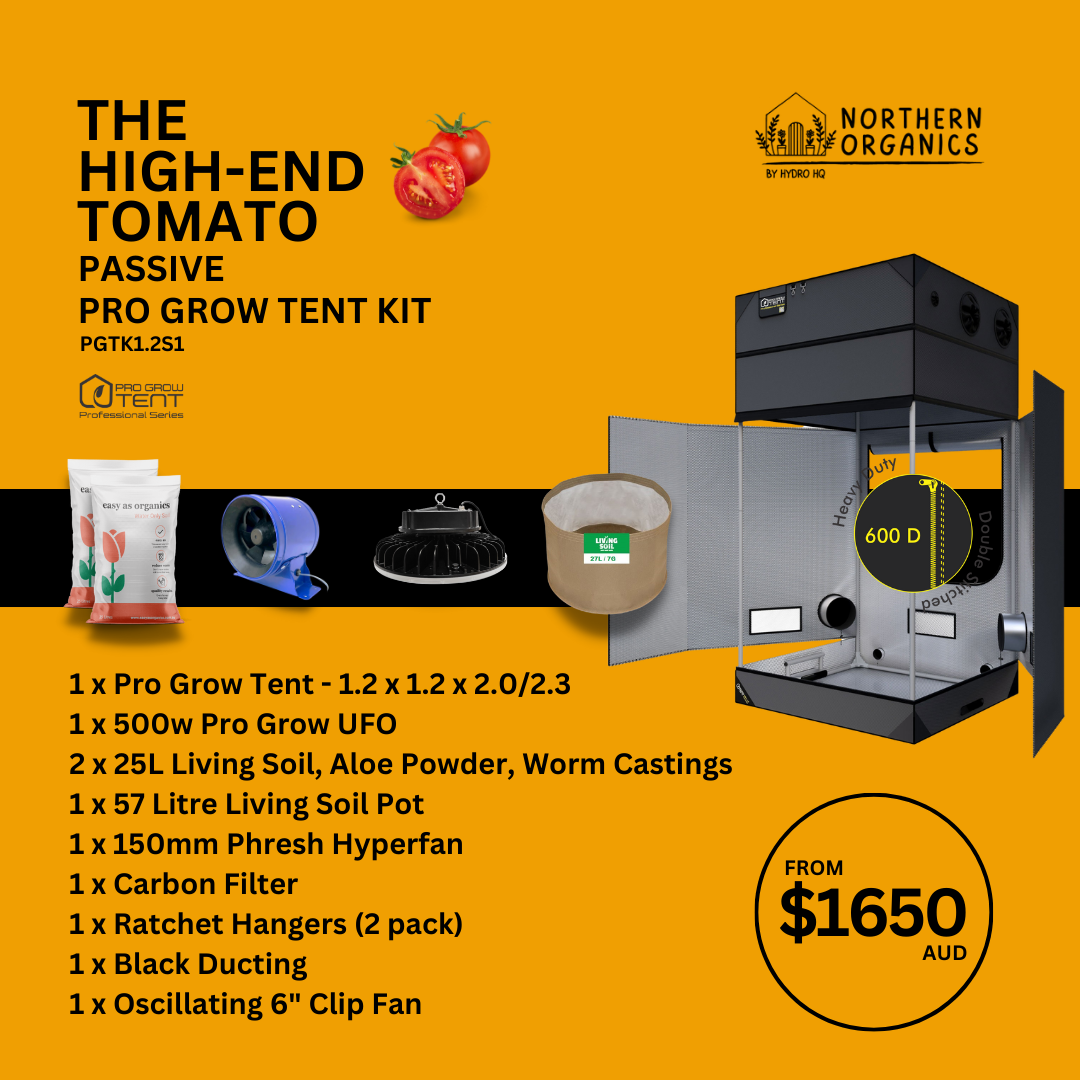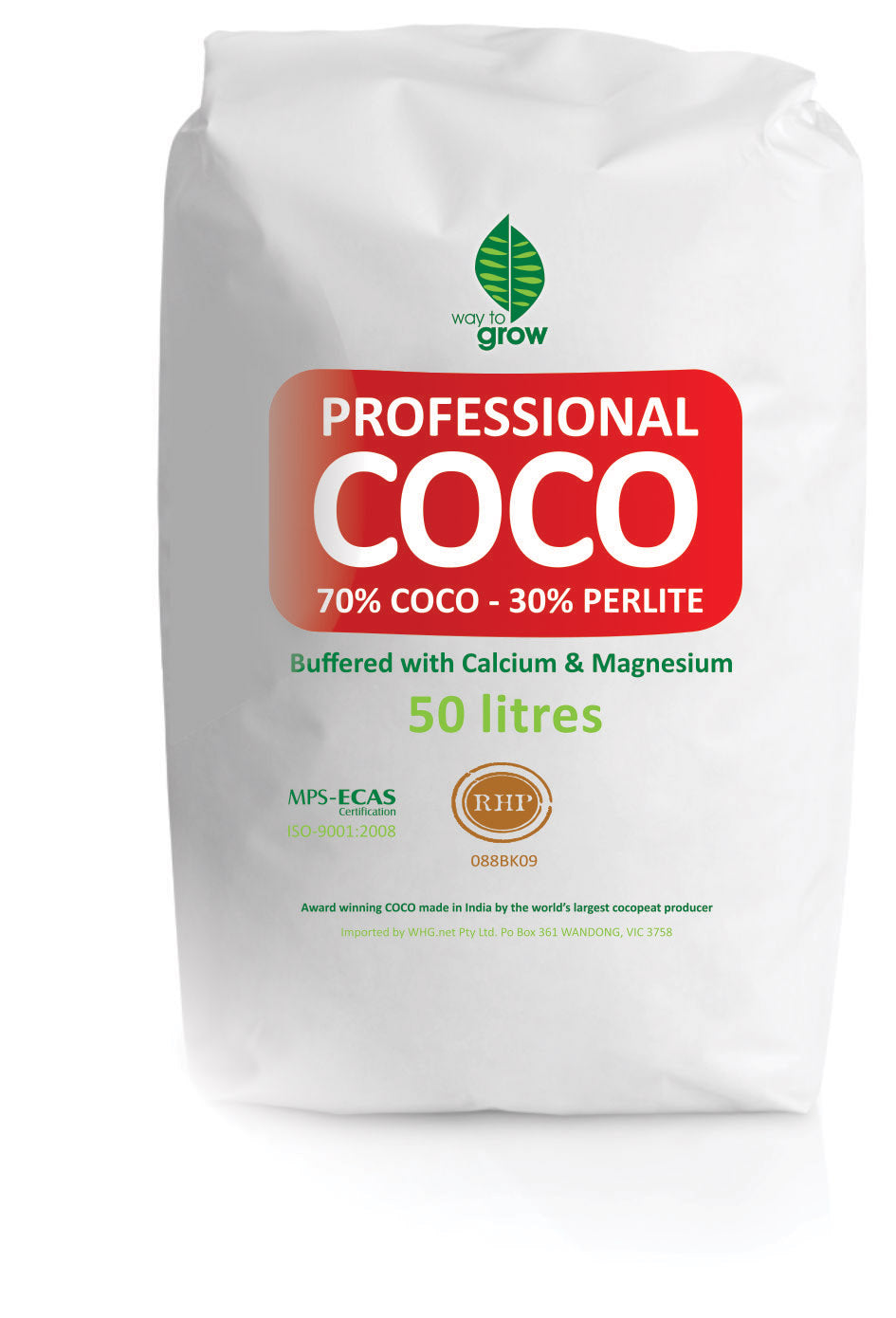Botrytis (Grey Mould, Bud Rot) Integrated Disease Management

Botrytis cinerea is a fungal pathogen that is commonly known as grey mould. It is a widespread and economically significant plant pathogen that affects a wide range of host plants, including fruits, vegetables, flowers, and ornamental plants. This fungus is known for causing a disease called botrytis blight or grey mould disease.
The symptoms of botrytis blight include the development of a greyish-brown fuzzy mould on infected plant tissues. This mould produces large numbers of spores, facilitating the spread of the disease. Infected plant tissues become necrotic, and in the case of fruits, they may rot and become covered with the characteristic grey mycelium.
|
BOTRYTIS CINEREA |
||
|
Common name: |
Grey mould, Botrytis blight, bud rot |

|
|
Disease agent |
Fungi |
|
|
Scientific name: |
Botrytis cinerea |
|
|
Host range: |
Wide host range, affecting many fruit, vegetable and grain crops. Commonly affects species in the genera Fragaria, Solanum, Vitis, Rubus, Brassica, Cicer, Rosa, Lactuta |
|
|
Active season and favourable conditions: |
Favours cool temperatures 15-23c, with high humidity and moisture, such as is common during spring and early summer. |
|
|
Life cycle and infection method: |
Fungal spores are carried by primarily by wind, germinating only once they land upon a suitable host environment. Germinated spores quickly form mycelium, which can be seen upon host plant tissue. Within a short period of time the germinated fungus is able to produce spores, which are then carried away in the wind. During the winter the fungus is able to overwinter as a sclerotia, waiting until conditions are suitable for growth. |
|
|
Description of symptoms/damage to host plant: |
B. cinerea is a necrotrophic fungus, feeding upon the dead tissues of its host. Initially creating white to off-white patches of mycelium upon affected tissue, eventually progressing to grey masses that can cover the entire plant affected. B. cinerea infection causes wounds to plant tissue, which it then feeds upon as the tissue decays. |
|
|
Disease management options |
||
|
Chemical |
Neem oil, horticultural oils, chlorothalonil, potassium bicarbonate |
|
|
Cultural |
Pruning dense sections of foliage to prevent humidity build up, spacing of plants for increased airflow, avoid overhead watering or misting |
|
|
Physical |
Pruning away of affected plant tissues. |
|
|
Biological control |
Bacillus subtilis. |
|
|
Integrated Disease Management (IDM)
|
Plants should be regularly monitored throughout the growing period for signs of B. cinerea. The threshold for grey mould must be set very low, as any crop affected is considered spoiled and not safe for human consumption. Regular pruning away of excess foliage throughout the growing season will help to avoid any high humidity areas from developing within the plant canopy. Neem oil sprays are an effective preventative solution that should be employed regularly, to discourage germination and establishment of B. cinerea. In the event of an outbreak, all affected plant material should be carefully removed and disposed of, before application of a potassium bicarbonate based fungicide. Potassium bicarbonate is effective at controlling B. cinerea, and is considered safe to use on all horticultural crops as well as being safe for the environment. Alternatively the biofungicide Bacillus subtillis is also registered for the control of grey mould as well as powdery mildew, and can be applied as a foliar spray in a similar manner as potassium bicarbonate based sprays. |
|
Overall, Botrytis cinerea is a versatile and adaptable pathogen that poses a continuous challenge to the cultivation and management of various crops. Effective disease management strategies are crucial to minimizing its impact on plant growth and crop production.
References
Botrytis blight – Cornell University
http://plantclinic.cornell.edu/factsheets/botrytisblight.pdf
Gray-Mold Rot or Botrytis Blight of Vegetables – University of Illinois
http://ipm.illinois.edu/diseases/series900/rpd942/
Botrytis cinerea – Wikipedia
https://en.wikipedia.org/wiki/Botrytis_cinerea
Bacillus sp. BS061 Suppresses Powdery Mildew and Gray Mold
https://www.ncbi.nlm.nih.gov/pmc/articles/PMC3714439/





